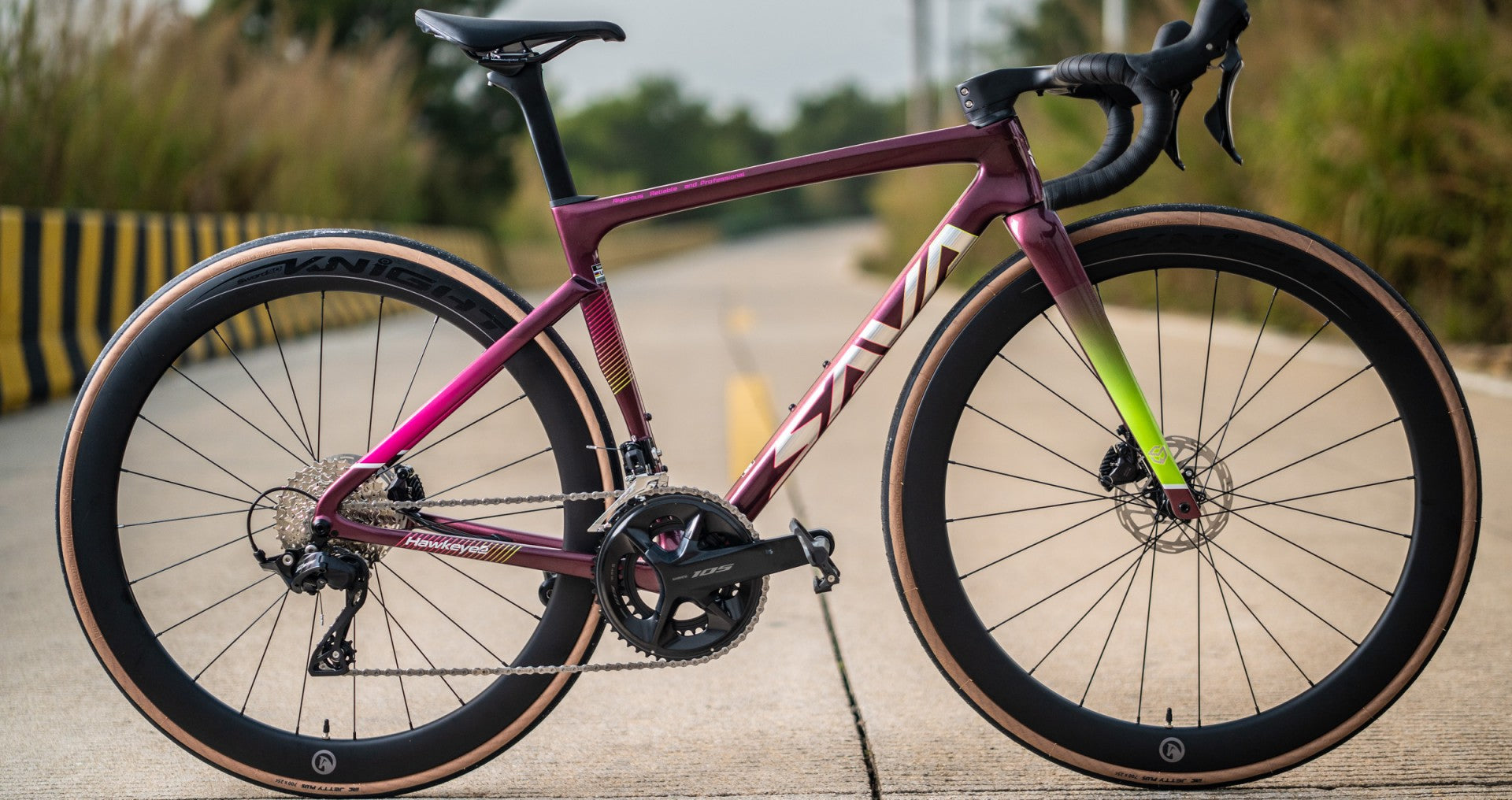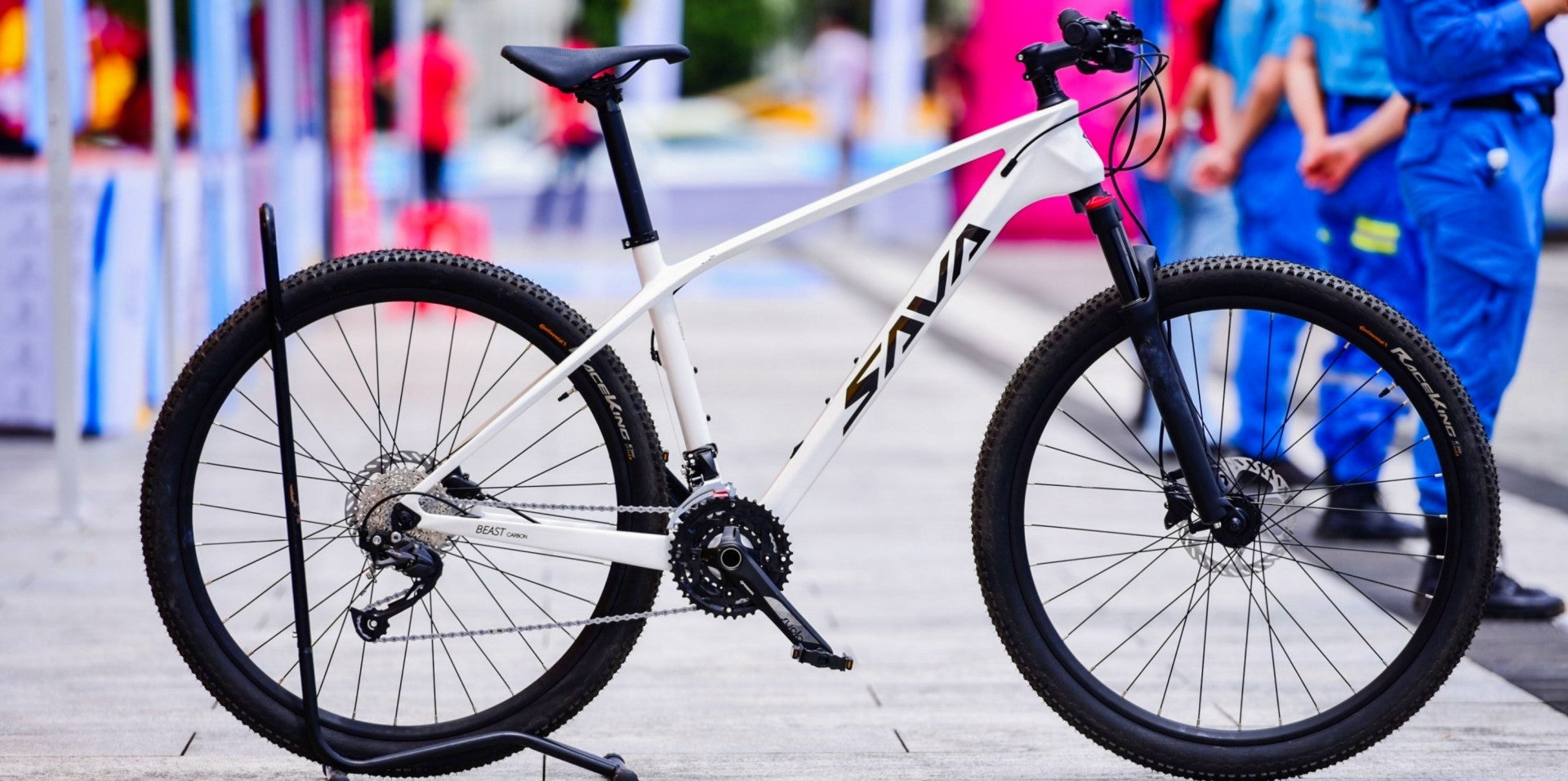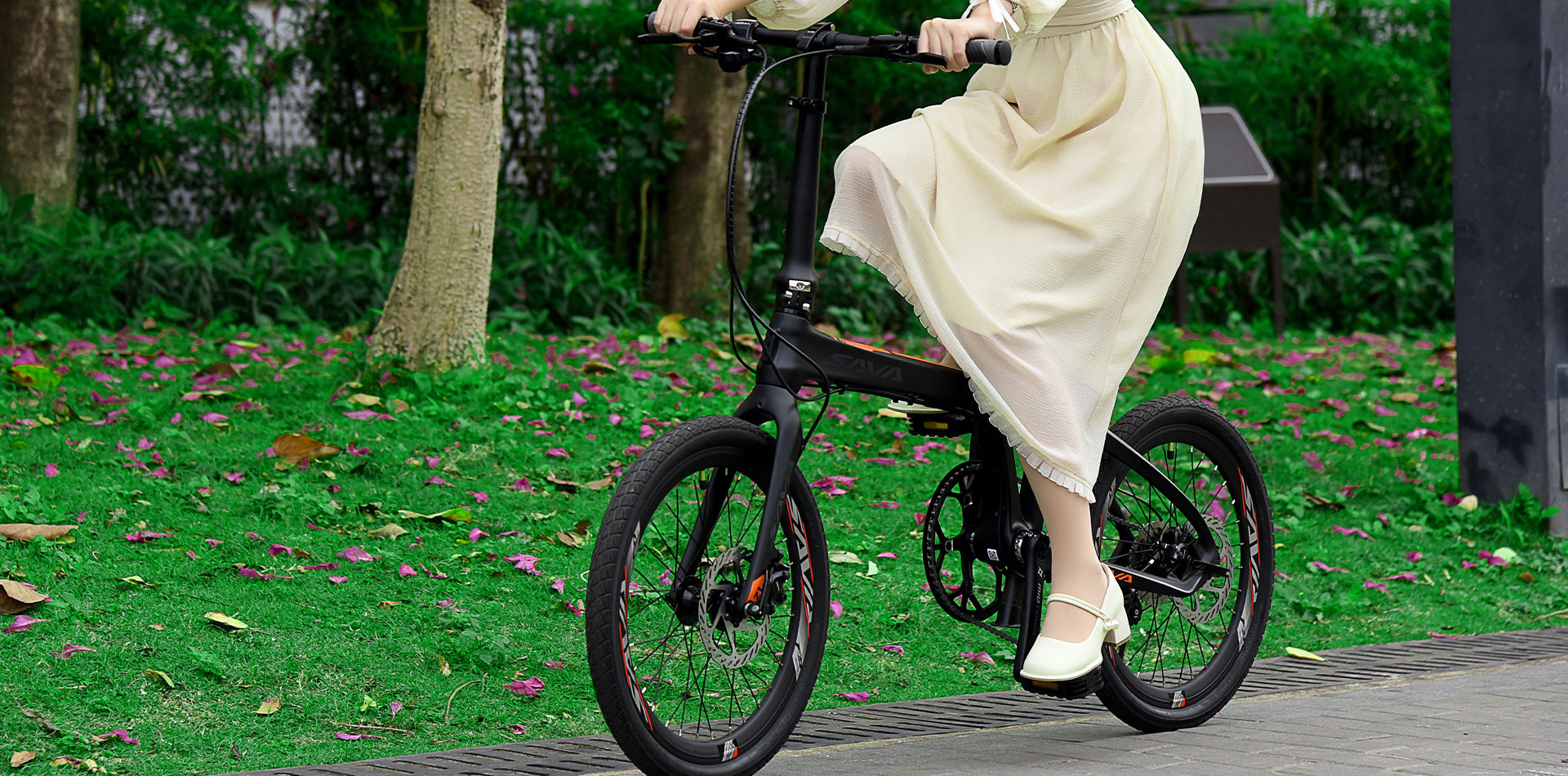How to Choose? Clincher or Tubeless Tires?
When it comes to selecting the right tires for your bike, the choice between clincher and tubeless can be a tough decision. Both options have their own set of advantages and disadvantages, so how do you decide which one is best for you?
What are Clincher Tires?
Clincher tires are the traditional choice for most cyclists. These tires have a separate inner tube that holds the air and fits inside the tire casing. The bead of the tire hooks onto the rim, securing the tire in place. Clincher tires are easy to install and repair, making them a popular choice among cyclists.

What are Tubeless Tires?
Tubeless tires, on the other hand, do not require an inner tube. Instead, the tire itself creates an airtight seal with the rim, allowing you to ride without the worry of pinch flats. Tubeless tires are known for their ability to run at lower pressures, providing better traction and a smoother ride over rough terrain.

What are their advantages and disadvantages?
Clincher Tires
Pros:
• Ease of Installation and Repair: Clincher tires are straightforward to install and repair. If you get a flat, replacing the inner tube is quick and easy.
• Affordability: Generally, clincher tires and their inner tubes are more affordable than tubeless setups.
• Availability: Widely available in various brands and models, making it easy to find replacements.
Cons:
• Puncture Prone: More susceptible to punctures compared to tubeless tires.
• Higher Pressure: Requires higher tire pressure, which can result in a less comfortable ride.
Tubeless Tires
Pros:
• Lower Pressure: Can be run at lower pressures, providing a smoother and more comfortable ride.
• Puncture Resistance: Less prone to punctures. Sealant inside the tire can automatically seal small holes.
• Performance: Often provides better traction and rolling resistance.
Cons:
• Complex Installation: Installing tubeless tires can be more challenging and may require an air compressor.
• Maintenance: Requires more maintenance, such as periodically adding sealant.
• Cost: Generally more expensive than clincher tires.
Which to Choose?
• For Casual Riders: If you prefer ease of use and affordability, clincher tires are a great choice.
• For Performance-Oriented Riders: If you prioritize comfort, performance, and puncture resistance, tubeless tires might be worth the extra effort and cost.
Why do SAVA's current bicycles use clincher tires instead of tubeless tires?
1. Installation and maintenance
The installation and maintenance of clincher tires are relatively simple. Replacing the inner tube and repairing the tire are relatively easy. In contrast, the installation and maintenance of tubeless tires are more complicated and require the use of special pumps and tire repair fluids
2. Compatibility
Clincher tires are more compatible with most wheel sets and do not require special treatment of the wheel set, while tubeless tires require specific wheel set designs to ensure sealing
3. Market demand
Although tubeless tires have advantages in performance and comfort, not all riders need these features. For daily commuting and leisure riders, clincher tires are sufficient
4. Maintenance convenience
During riding, if a tire blows out, clincher tires can quickly replace the inner tube, while the repair process of tubeless tires is relatively complicated and requires tire repair fluids.So, many friends may ask, can SAVA bicycles be replaced with tubeless tires? The answer is yes, just replace the SAVA bicycle wheels with tubeless compatible tires.
Ultimately, the best choice depends on your specific needs and riding conditions. Consider what aspects are most important to you, such as ease of maintenance, cost, and performance benefits.






